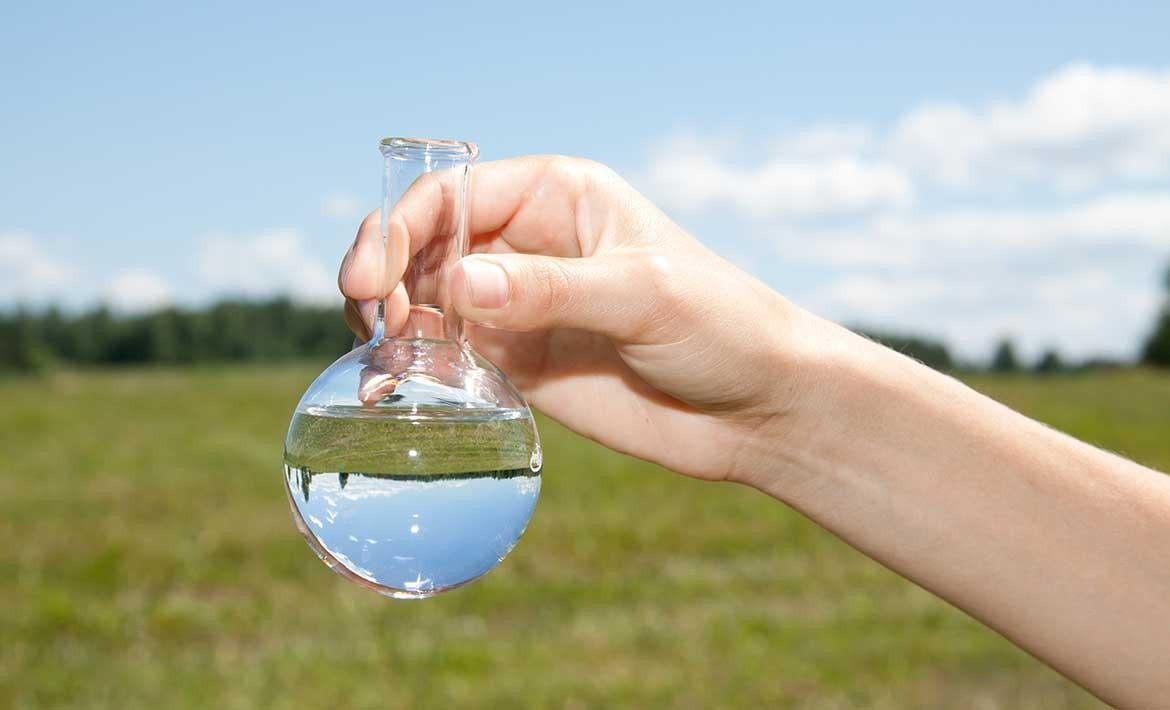The Role of Instrumentation in Environmental Monitoring

Environmental monitoring is crucial for assessing the health of our planet and understanding the impact of human activities on natural ecosystems. From monitoring air and water quality to tracking biodiversity and climate patterns, accurate and reliable data is essential for making informed decisions and implementing effective conservation strategies. Instrumentation plays a vital role in this process, providing the tools and technologies needed to collect, analyze, and interpret environmental data.
1. Monitoring Air Quality:
Instrumentation is instrumental in monitoring air quality, helping to identify pollutants such as particulate matter, nitrogen dioxide, sulfur dioxide, and ozone. Sensors and analyzers measure pollutant concentrations in real-time, providing valuable insights into air pollution levels and informing regulatory measures to protect public health and the environment.
2. Assessing Water Quality:
Water quality monitoring is essential for ensuring the safety of drinking water sources and preserving aquatic ecosystems. Instruments such as multiparameter water quality meters, turbidity sensors, and spectrophotometers enable scientists to measure parameters such as pH, dissolved oxygen, conductivity, and nutrient levels in lakes, rivers, and oceans.
3. Tracking Biodiversity:
Instrumentation plays a crucial role in monitoring biodiversity, helping scientists track changes in species abundance, distribution, and behavior over time. Remote sensing technologies, such as satellites and drones, provide valuable data on habitat loss, deforestation, and wildlife populations, contributing to conservation efforts and ecosystem management.
4. Studying Climate Patterns:
Climate monitoring instruments, such as weather stations, satellites, and climate models, provide valuable data on temperature, precipitation, humidity, and atmospheric composition. This information is essential for understanding climate change trends, predicting extreme weather events, and developing adaptation strategies to mitigate the impacts of climate change.
5. Supporting Environmental Research:
Instrumentation facilitates environmental research by providing scientists with the tools and technologies needed to conduct experiments, collect data, and analyze results. From laboratory instruments such as chromatographs and mass spectrometers to field instruments such as data loggers and GPS trackers, instrumentation enables researchers to explore complex environmental processes and phenomena.
In conclusion, instrumentation plays a multifaceted role in environmental monitoring, providing the data and insights needed to address pressing environmental challenges and safeguard the health of our planet for future generations. By investing in innovative instrumentation technologies and fostering collaboration between scientists, policymakers, and stakeholders, we can work together to create a more sustainable and resilient world.